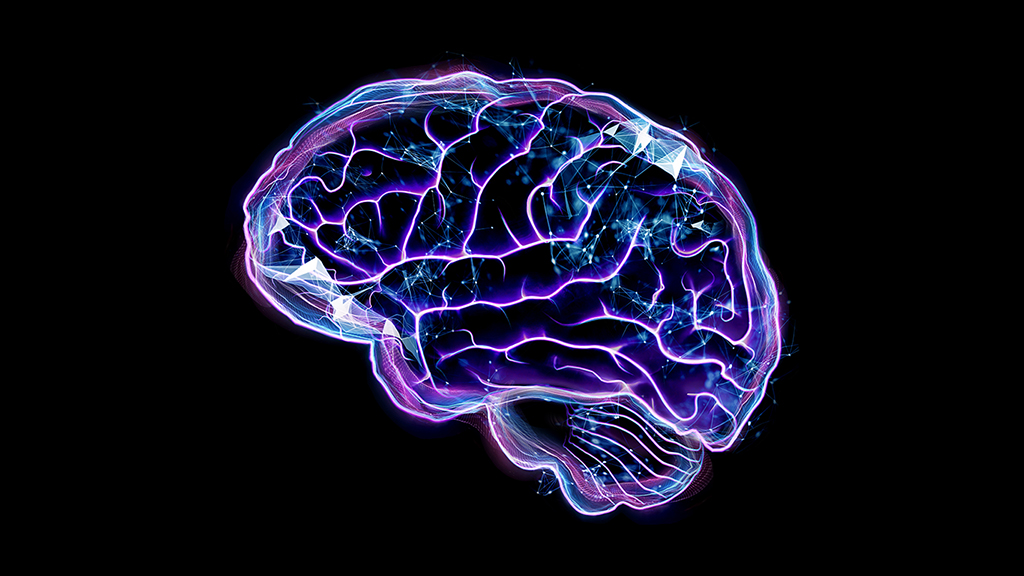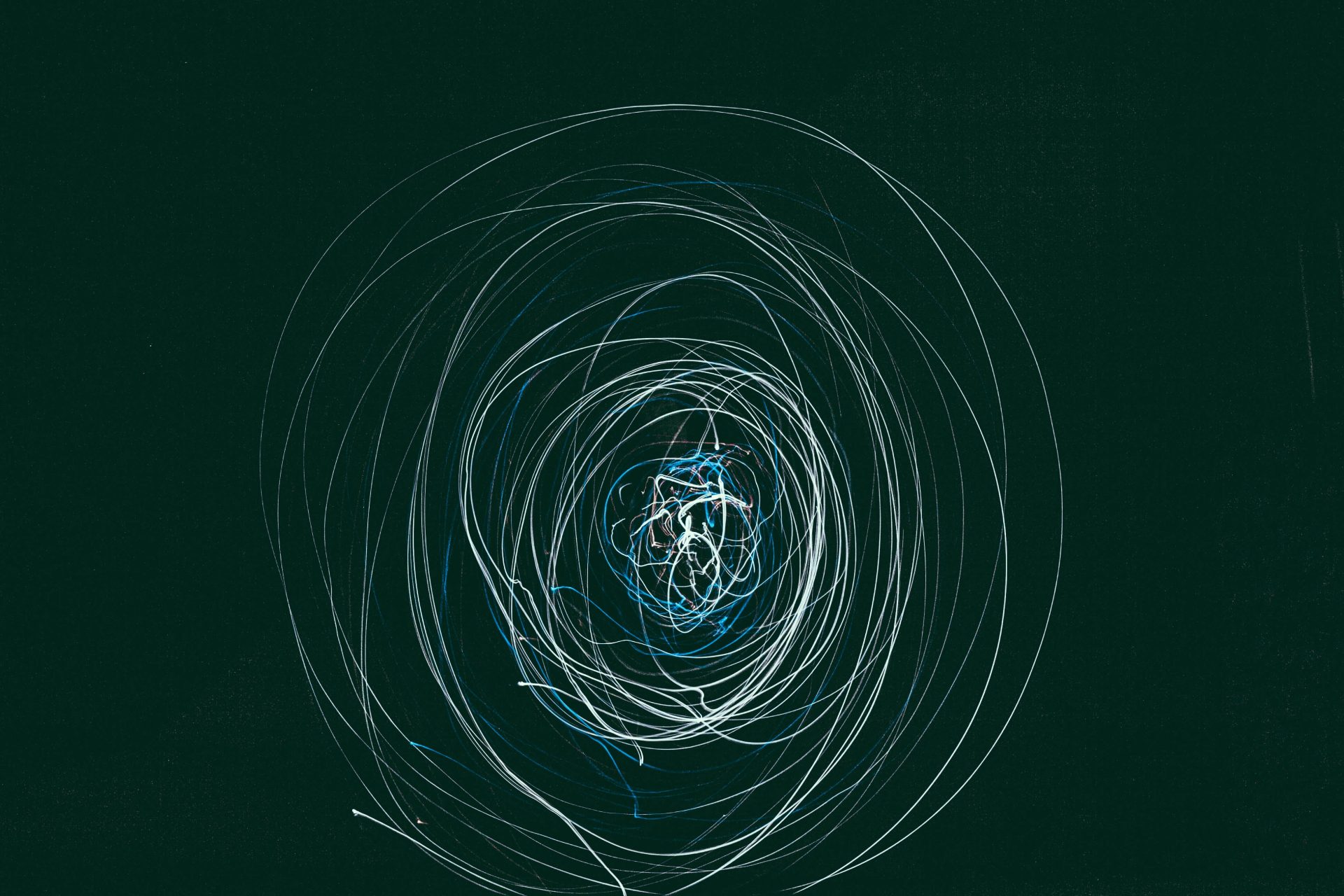
Research
Excellent and broad
AI expertise.
Machine Learning
(Probabilistic) Deep Learning
Statistical Relational AI
Computer Vision
Natural Language Processing
Robotics
Models of Higher Cognition
Psychology of Information Processing
Database Systems
Software Engineering
Distributed Systems
Hardware
Bioinformatics
Semantic Web
Sustainability
Medicine
Finance
Multimodal AI

620+ Publications
Artificial Intelligence Publications from our team.
170.000+ Citations
A growing number of citations in other publications.
AI Conferences
Program Chair at ACL, CVPR, UAI, CoRL, ECML PKDD among others.
Fellows
EurAI, IEEE, ELLIS among others.
Projects
hessian.AI initiates and participates in a lot of projects to drive cutting-edge research, promote interdisciplinarity, and foster the transfer of AI research to the broader community.
Cluster of Excellence Initiative
HMWK Cluster projects
LOEWE projects
A selection of projects in which hessian.AI is involved:
DFG
- Collaborative Research Centre 1053 MAKI Multi-Mechanisms Adaption for the Future Internet
- Collaborative Research Centre 1119 CROSSING Cryptography-Based Security Solutions: Enabling Trust in New and Next Generation Computing Environments
Federal and State
- ATHENE AVSV Automatic Vulnerability Scanning and Verification
- ATHENE SenPai Security and Privacy in Artificial Intelligence
EU
- ERC Advanced Grant | Mira Mezini
- ERC Advanced Grant | Iryna Gurevych
- ERC Consolidator Grant | Stefan Roth
- ERC Consolidator Grant | Heinz Koeppl
- ERC Consolidator Grant | Thomas Wallis
- ERC Consolidator Grant | Constantin Rothkopf
- ERC Proof-of-Concept Grant | Mira Mezini
- ERC Proof-of-Concept Grant | Jan Peters
- EIC Transition Grant | Jan Peters
- ERC Starting Grant | Jan Peters
- ERC Starting Grant | Stefan Roth
- ERC Starting Grant | Georgia Chalvatzaki
- ERC Starting Grant | Justus Thies
Graduate School
With the hessian.AI Graduate School, that is currently being established, we combine the goal of promoting young scientists in the field of artificial intelligence in the best possible way, ensuring optimal conditions for doctoral studies, and continuously strengthening the international appeal of hessian.AI.
For this purpose, hessian.AI has established its own supervision concept as well as a qualification program. We see the following aspects as central to the doctoral phase in hessian.AI:
- Development of sustainable research concepts
- practice in cooperative and interdisciplinary work on a research topic
- Acquisition of specialized knowledge beyond the special field of the dissertation as well as further key qualifications relevant to the professional field (such as entrepreneurship, project management skills, etc.)
- Development of mediation skills both for exchanges with an expert audience as well as for conversation and communication activities with an audience outside the discipline
- Acquisition of initial teaching experience
- Participation in international research collaborations and, if possible, expansion of international contacts
Connectom Networking and Innovation Fund
The Connectom Fund offers seed funding for joint research between hessian.AI members and other colleagues from participating universities. It is financed by the state of Hesse and is announced and carried out by the Technical University of Darmstadt as the lead partner of hessian.AI. The fund is used to support projects across the entire spectrum of research, teaching, demonstrator/prototype development or application.



